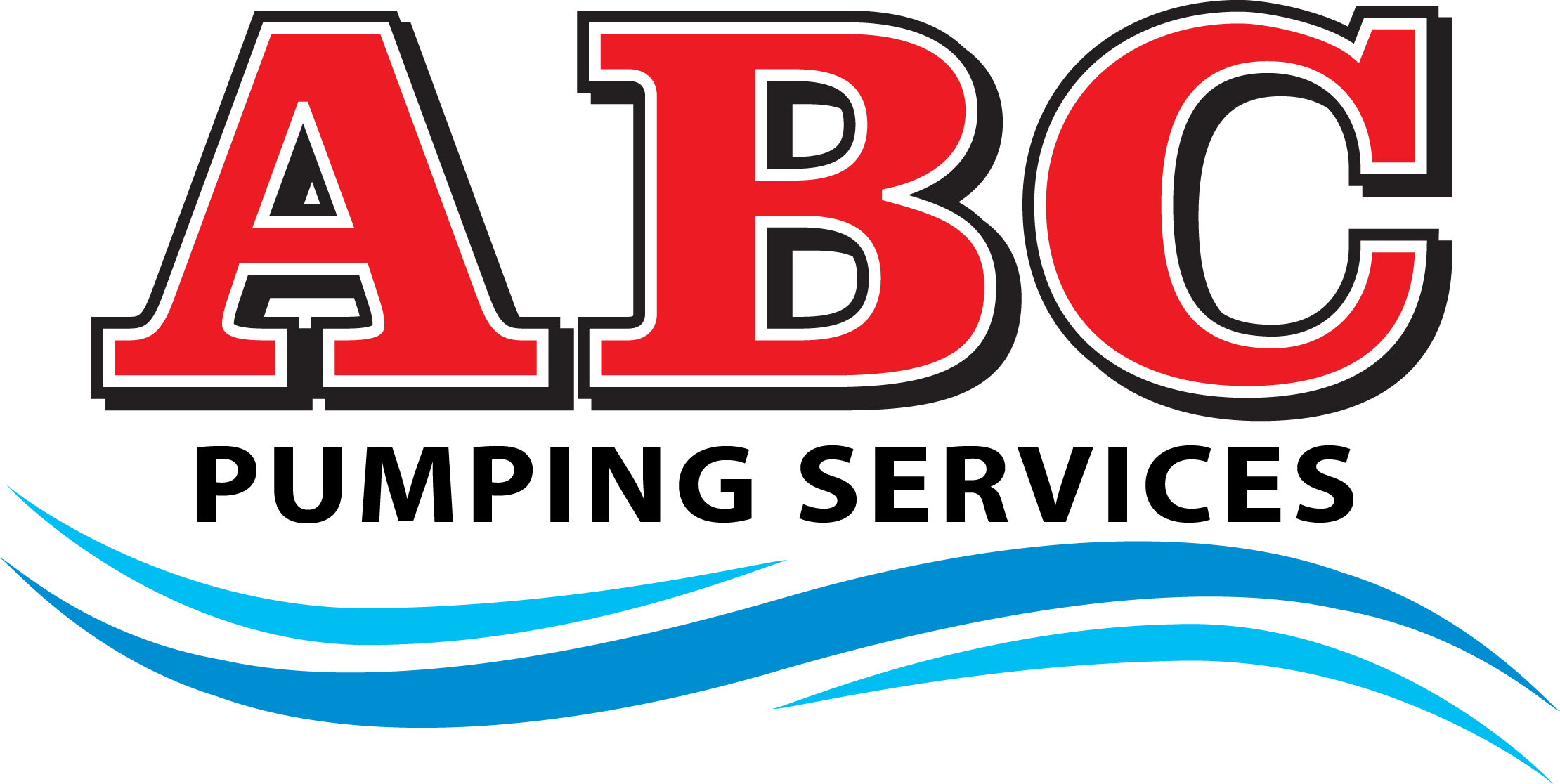There are many different types of septic systems that fit a wide range of soil and site conditions. The following will help you understand the main components to keep it operating safely:
A standard septic tank system has four main parts:
- The Pipe coming from the home which connects to the septic tank.
- The Septic Tank — A septic tank’s purpose is to separate solids from the wastewater, store and partially decompose as much solid material as possible, while allowing the liquid (or effluent) to go to the drain field. Septic tanks are made of concrete, fiberglass or plastic. They are usually buried and watertight and are designed to hold a minimum of 750-1500 gallons of sewage. Their purpose is to temporarily hold the waste water as solids and liquids separate.
- The Drain field — After solids settle in the septic tank, the liquid wastewater (or effluent) is discharged to the drain field, also known as an absorption or leach field.
- The Soil — The soil below the drain field provides the final treatment and disposal of the septic tank effluent. After the wastewater has passed into the soil, organisms in the soil treat the effluent before it percolates downward and outward, eventually entering ground or surface water. The type of soil also impacts the effectiveness of the drain field; for instance, clay soils may be too tight to allow much wastewater to pass through and gravelly soil may be too coarse to provide much treatment.

